A Brief (Visual) History of the Internet
Connecting to the internet today is as fundamental to daily life as brushing your teeth, but the internet as we know it wasn’t created overnight. In fact, its technological building blocks began over 50 years ago.
This history of the internet will help you understand several key developments that brought us to today’s era of constant connectivity. From the development of ARPANET in the 1960s to the welcoming sound of “You’ve Got Mail” in the 1990s to the first iPhone in 2007, if you've ever been curious about the history of the internet, this article’s got you covered.
Read on to learn about the important events that shaped the internet and the world as we know it today.
1969
ARPANET
The Foundation of the Internet
Talk about forward thinking. Over a half a century ago, the Advanced Research Projects Agency Network (ARPANET) was commissioned by the U.S. Department of Defense to provide a reliable means of communication in the event of equipment failures or even nuclear war. ARPANET used packet-switching technology and defined many of the internet protocols still in use today.

1971
The First Email and the @ Symbol
While mainstream email clients like Outlook and Gmail wouldn’t become household names for decades, Ray Tomlinson clearly didn’t get the memo (or email, as it were). He sent the first-ever email in 1971, and he decided to use the @ symbol to separate usernames from domain names, a practice that has never been replaced. After all, can you imagine an email without an @ symbol? We sure can’t.

1971
Project Gutenberg
Decades before the Kindle and iPad were even ideas, there was Project Gutenberg. In 1971, Michael Hart launched Project Gutenberg to make books and documents in the public domain available electronically. When Hart manually typed the Declaration of Independence into his computer (we were unable to find out how long that took), the eBook was born.

1973
DynaTac 8000X Mobile Phone
While 10 hours of charging for 30 minutes of talk time and a retail price of $3,995 didn’t leave the DynaTac 8000X mobile phone with much of a shelf life, the world’s first handheld mobile phone — which looked a bit like a mini-suitcase you might’ve seen in 80s movies — was a groundbreaking achievement whose impact would be felt for decades to come.
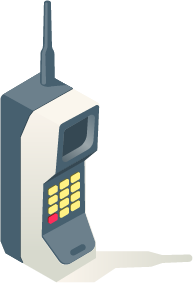
1974
Transmission Control Protocol/Internet Protocol (TCP/IP)
Believe it or not, the basic architecture of the internet was created way back in 1974 when TCP/IP protocols were designed. What are those? To use an analogy, think of the internet as similar to a post office: all you care about is that your letter reaches its destination in a timely manner. Sounds easy enough, but behind the scenes, the post office is a highly complex operation, relying on an established set of rules and procedures to make sure your letter is delivered. The same is true for the internet: TCP/IP protocols are effectively the “rules” of the internet. Those rules (or protocols) allow networks and devices to communicate with each other, ultimately letting you check email, upload pics to Instagram, and anything else you do online. Click here to see what happens when these protocols go down.

1975
MSG
(We Don’t Mean the Flavor Enhancer)
John Vittal, a programmer at the University of Southern California, created the first modern email program in 1975. Named MSG, the program introduced several key email functions, including a configurable interface and the ability to easily reply to and forward emails.

1977
80-130A PC Modem
Dale Heatherington and Dennis Hayes created the first PC modem in 1977. Dubbed the 80-130A, it modulated analog signals and demodulated those signals digitally. In other words, it allowed data to be transferred from a telephone line to a computer. The advent of the PC modem will go down as one of the most instrumental achievements in history. Without it, there’s no telling where we’d be today.

1984
Domain Names and Domain Name Servers
(DNS)Created in 1984, the domain name system established several familiar domains, including .com, .gov, .edu, and many others. Domain names allowed for easy-to-remember names rather than those long and impossible-to-remember numerical IP addresses.

1984
Text Messaging
Working with just a typewriter, Friedhelm Hillebrand wrote out sentences while working at Deutsche Telekom, realizing that the optimal character count for a Short Message Service (SMS) message would be 160 characters. Working with Bernard Ghillebaert they created a framework on how SMS messages could be sent over a network, which later evolved into the texting platforms we use every day.

1988
IRC Internet Messaging
When Finnish IT professor Jarkko Oikarinen invented Internet Relay Chat (IRC) in 1988, text-based instant messaging was introduced to the world. IRC paved the way for the popular messaging systems we all use today, from AOL Messenger in 1997 to Yahoo Messenger in 1998 to Slack in 2009. And ICYMI, IRC also aided in the development of internet shorthand (FYI).

The World, the first commercial ISP, opened its doors in 1989, giving people a direct connection to the internet. The World, which is still available today, would soon be joined by myriad competitors in the dial-up space, but broadband internet would eventually render most dial-up options obsolete and allow people to use the phone and the internet at the same time.

1989
AOL Makes the Internet Fun for Consumers
One of the early pioneers of the modern-day internet, AOL played a massive role in making the internet popular for average users. AOL provided instant messaging, email, and internet service, essentially unveiling all the internet had to offer. AOL also laid the groundwork for competing web portals like MSN, Yahoo, Earthlink, and plenty more.
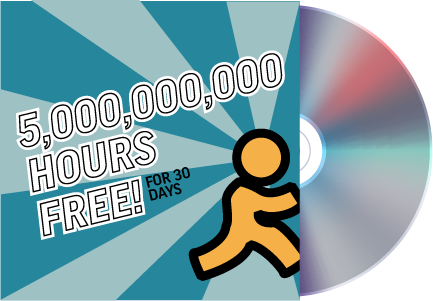
1990
The Archie Index
When McGill University graduate student Alan Emtage built a tool to help better identify files from FTP sites in 1990, the search engine was born. The Archie Index was the first in a long line of search engines that would go on to become one of the primary ways people around the world find information on just about anything. If you don’t believe us, just Ask Jeeves.
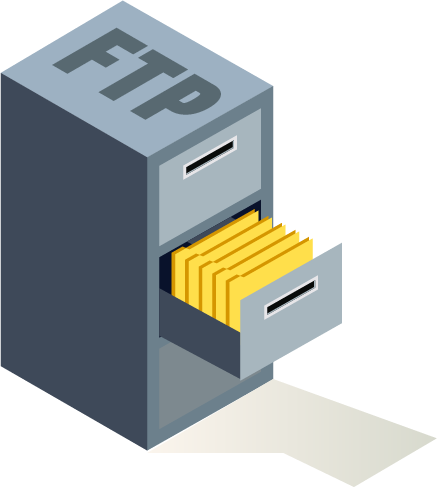
1990
WorldWideWeb
The First Internet Browser
Internet Godfather Tim Berners-Lee developed the first browser at the European Organization for Nuclear Research (CERN) in Switzerland in 1990, well before Netscape, Prodigy, AOL, Microsoft, and others joined the browser party. The browser was appropriately dubbed, “WorldWideWeb.”

1991
The First Website
Tim Berners-Lee wasn’t finished yet. He created the world’s first website while working at CERN a year after he created the browser. The goal of the site was pretty straightforward: to explain the World Wide Web. While the interface wasn’t exactly bleeding edge by today's standards, it was (and still is) certainly comprehensive. It claimed that everything available online could be found on the site. Can you imagine a website today that contains information and links to literally everything on the internet? We can’t either.

1991
The Webcam
The first webcam was created in a computer lab at Cambridge University, and its sole function was incredibly practical, albeit a tad basic: to monitor a coffee maker so that lab users wouldn’t waste trips walking to an empty pot. The camera took pictures of the pot a few times a minute and images were sent to a server for users to view.

1992
Text Messaging to Mobile Phones
On December 3, 1992, Neil Papworth sent the first Short Message Service (SMS) message to his colleague Richard Jarvis, which said “Merry Christmas.” Since then, text messaging has become a staple of everyday life.

1994
Simon Personal Communicator
Equipped with email, fax, a calendar, and even a touchscreen, IBM’s Simon Personal Communicator — known as “The Simon” — was the world’s first smartphone. Ultimately, smartphones would become one of the most game-changing innovations in history, marking a fundamental shift in how people shop, bank, work, and stay connected with family and friends.

1994
Netscape
In the early 1990s, most people didn’t yet fully understand what the internet was or how it could be used. Enter Netscape. The graphical interface of Netscape Navigator made the internet accessible for everyone — not just researchers or academics.
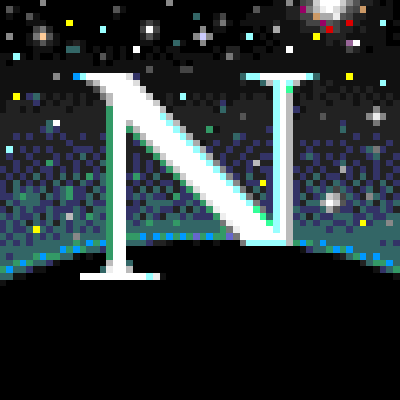
1995
E-Commerce Begins
Netscape’s development of Secure Socket Layer (SSL) encryption in the early 1990s allowed consumers to safely transmit payments online, and that’s exactly what they did. Commercialization of the internet began in earnest in 1995, with online heavyweights Amazon and eBay opening their virtual doors that year. While Amazon offered only books at the time of launch and eBay seemed like one massive garage sale, they didn’t stop there. Today, you can buy practically anything on Amazon, eBay, and countless other platforms, including cars and even real estate. How big would e-commerce become? By 2025, sales are expected to exceed $7 trillion annually.

1996
HoTMaiL
Originally dubbed HoTMaiL in a nod to HTML, Hotmail paved the way for several online email services, including Yahoo Mail, Gmail (called Google Mail in some countries due to trademark disputes), and more. While the popularity of Hotmail saw a decline as consumers were faced with more choices, Hotmail and other online email platforms are alive and well today, with many companies relying entirely on web-based email solutions for employee communications.

1997
Social Media
By 2020, the average number of social media accounts per person had reached a staggering eight (8!), and it all started with SixDegrees.com. SixDegrees.com allowed users to create user profiles, connect with other users, and send messages within a network. The foundation was laid for Friendster, Myspace, and Facebook a few years later. While Facebook would eventually go on to dominate the social media space, Myspace was arguably responsible for sparking the social media movement at large. In its early days, Myspace was particularly notable for providing musicians and bands with a platform to share their music.

1997
IPv6
The Internet Engineering Task Force (IETF) ratified Internet Protocol version 6 (IPv6) as a standard in response to a looming shortage of IP addresses. This new communications protocol provided a staggering 340 undecillion (a number followed by 36 zeros) unique addresses—more than the stars in the observable universe. This compares to the approximately 4.3 billion unique addresses offered by its predecessor, IPv4. Despite the immense potential of IPv6 to future-proof the internet, its adoption has been slower than anticipated and is still ongoing three decades later.

1997
Wi-Fi and WLAN
The 802.11 standard for Wi-Fi was established and approved by the Institute of Electrical and Electronics Engineers (IEEE) in 1997, becoming an instrumental achievement in the creation of Wireless Local Area Networks (WLAN) and the ability to work from your couch without tripping over wires.
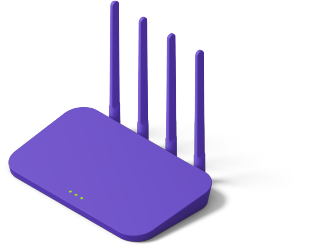
1998
Google
When Google launched in 1998, a search-engine revolution reshaped the way people locate and consume information, while providing advertisers with a highly effective and targeted way to market products and services. Google would even become a common verb.
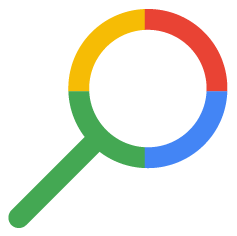
2004
The Facebook
“The Facebook” went live for Harvard students in 2004 before it was released to the public in 2006 as Facebook, sans “the.” Facebook capitalized on the rapid adoption of social media started by MySpace while creating new ways for advertisers, politicians, news outlets, and more to connect with audiences. Facebook user profiles marked a huge change in how people shared information online, giving anyone and everyone the ability to share personal information, from where people live to the status of relationships and everything in between.

2005
YouTube
People were starting to film more and more videos with cell phones in the mid-2000s, but a problem remained: how to share those videos? YouTube solved that problem, enabling video uploading and sharing for anyone. As an added bonus, YouTube even turned many ordinary folks into celebrities, while laying the bedrock for online influencers and streamers as we know them today.

2006
Twitter
Social media started “trending” in the mid-2000s, with Facebook and Myspace dominating the space until Twitter joined the fun. While long-form blogs and social media sites were gaining traction in the mid-2000s, Twitter offered something different: a medium for short messages that were easy to write and even easier to read. It wasn’t long before not having a presence on Twitter seemed downright strange. Less than 20 years after its inception, Twitter users send over 500 million Tweets per day.

2005-2007
Video Streaming
Prior to the 2000s, watching a movie or TV show at home required a decent antenna (ideally without tinfoil) or cable service — and lots of commercials. The idea of watching anything you want, anywhere you go, and on any device you choose was almost unthinkable. A few short years later, not only has binge-watching your favorite show on a smartphone become commonplace, but streaming services like Netflix, Amazon, and Hulu (among others) have rendered cable TV obsolete for many people.

2007
The iPhone
Since the first iPhone dropped in 2007, the world has never been the same. The iPhone is largely responsible for making smartphones a must-have device for billions of people. In addition to its easy-to-use interface, the iPhone combined features of existing smartphones with the capabilities of a laptop, allowing people to take the internet with them on the go.
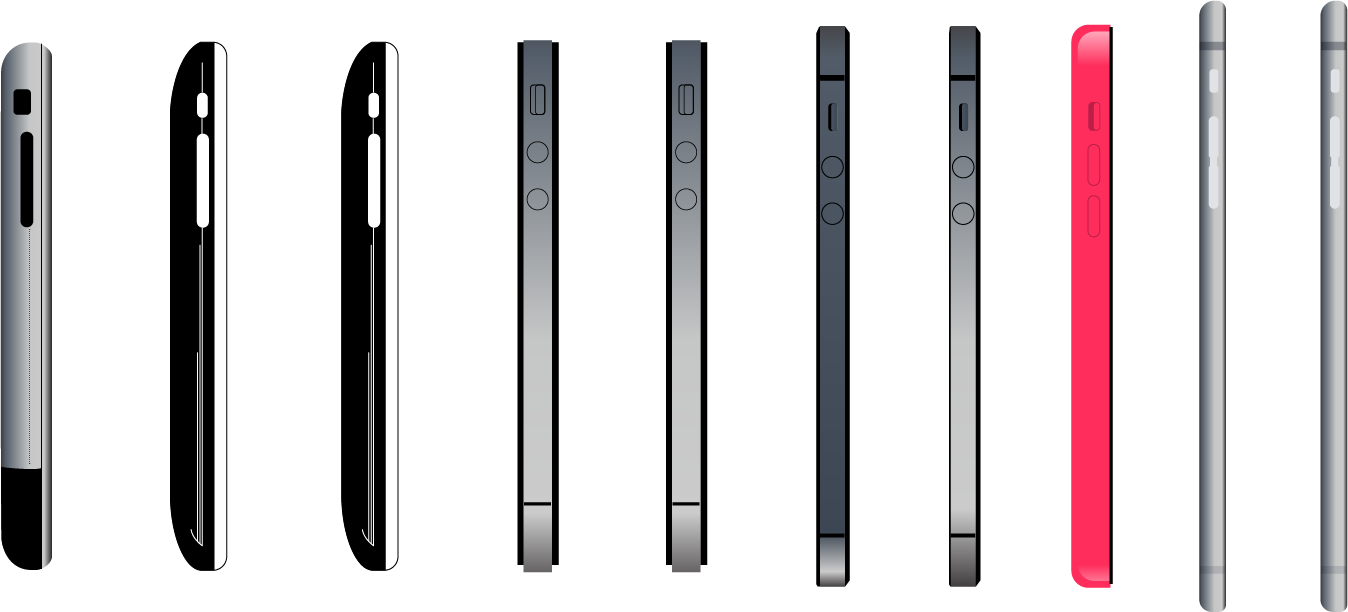
2007
Wi-Fi Distance Record Set
In 2007, Venezuelan researcher Ermanno Pietrosemoli set a world record for the longest Wi-Fi connection in history, covering an incredible 237 miles (382 km). Using equipment from Intel and some “off-the-shelf” parts, Pietrosemoli established a connection between two computers in the Andes mountains. His efforts shattered the previous record of “only” 193 miles. Pietrosemoli saw download speeds of roughly 3 Mbps, but we’re not sure if he tried to upload pics to social media.
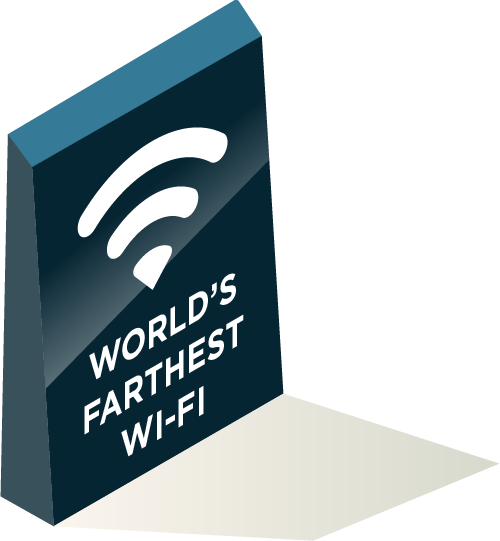
2008
The First App Store
When the second-generation iPhone hit stores in 2008, it was equipped with two notable features the first one lacked: an app store and 3G technology (the original iPhone ran on 2G). While 3G allowed for much faster internet browsing, the app store was a game changer, allowing users to download third-party applications while offering proof that the iPhone was about far more than just making calls.
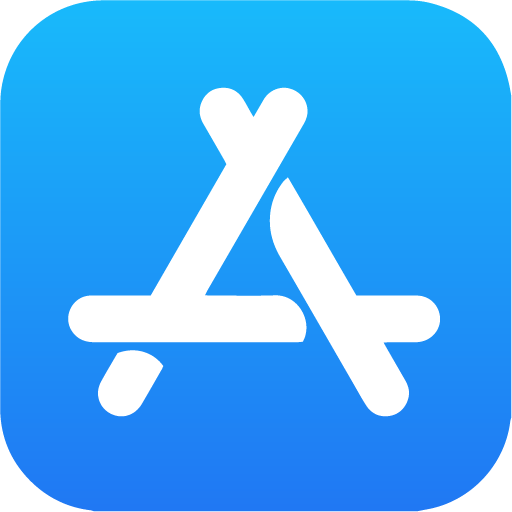
2008
Android
Given the unprecedented success of the iPhone, competition in the smartphone space was inevitable. Enter Android, Google’s operating system, which was installed in the first Android-based smartphone, the HTC Dream. Google also opened a new app store to compete with Apple.
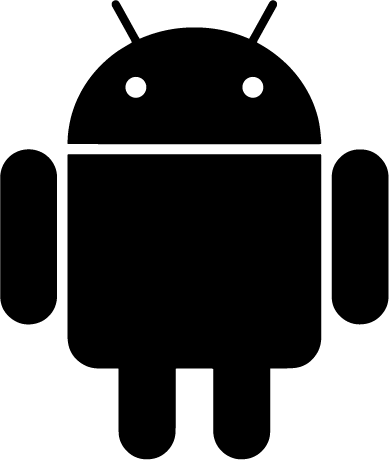
2010
4G LTE Wireless Technology
While 3G technology marked a huge leap in performance compared to previous generations of wireless tech, the introduction of 4G LTE enabled true mobile broadband and contributed to a massive spike in smartphone usage and social media, as well as rapid growth of connected devices in general.

2010
Instagram
When Instagram launched in 2010, it became an insta-hit, attracting 25,000 users on day 1 and topping 1 million three months later. With over 1 billion users and counting today, part of Instagram’s success came down to timing: the site launched at roughly the same time as the iPhone 4, the first smartphone with a truly high-quality camera. When Facebook acquired Instagram for $1 billion in 2012, it had about a dozen employees. Fast forward to today, and it’s hard to remember a time without Instagram.

From huge to smart: The evolution of the cell phone
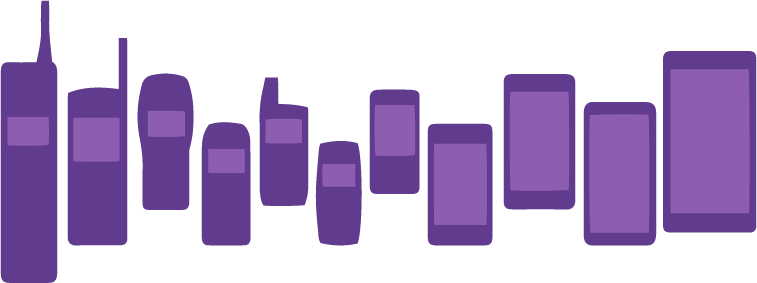
2011
Snapchat
What if not everything on the internet was forever? This was the premise behind Snapchat, a social media platform that allowed user posts to disappear. Soon Snaps were followed by Stories, a much-imitated format across future social media platforms, and users were able to decide how ephemeral they wanted their social presences to be.
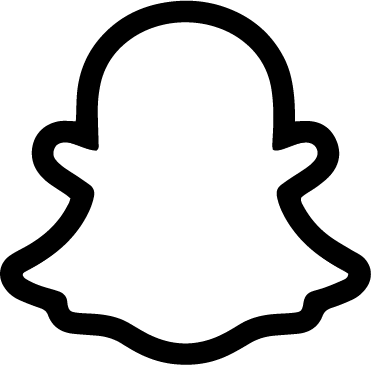
2012-2015
Internet of Things (IoT)
The roots of the IoT can be traced back to the 1980s when students at Carnegie Mellon University connected a refrigerator to the internet. But the IoT movement picked up serious steam in 2012, when the Swiss Federal Office of Energy started a pilot program called “Smart City Switzerland” to “rethink the urban environment,” and today, countless devices can be connected to the internet, from household appliances to warehouses and even entire cities.

2017
TikTok
While Vine really showed how popular short-form, user-created videos could be starting in 2013, it disappeared after being purchased by Twitter in 2017. Enter TikTok. With way more time to fill (15 seconds to three minutes, versus six seconds on Vine) and filters, special effects, and music, TikTok revolutionized everything from dance crazes to book reviewing.

2019
5G
The launch of 5G technology not only promised to provide users with internet speeds exponentially faster than those of 4G, but it also offers the potential to enable new use cases that were once in the realm of science fiction, including remote surgery, driverless cars, automated warehouses, and so much more. 5G is also believed to be the only technology that can support the rapidly evolving IoT movement on a wide scale.

2020
COVID-19 Pandemic
The onset of the coronavirus pandemic clearly wasn’t a technological innovation, but it definitely changed the way people use the internet. With folks confined to home during early lockdowns, internet usage exploded, with people turning to online gaming, video streaming, and shopping to fill the time and buy essentials. More importantly, the pandemic was also the catalyst that led to a new normal of working and learning from home, showing all of us just how fundamental the internet had become for daily life.

2022-2023
The Rise of Connected Devices
Smartphones have become essential tools for billions of people, but they aren’t the only things that keep us connected. From digital assistants to smart home sensors and even robotic vacuums, the number of connected devices in our homes is growing fast. In fact, according to networking firm Cisco, every person in the U.S. will have a staggering 13.6 connected devices by 2023.
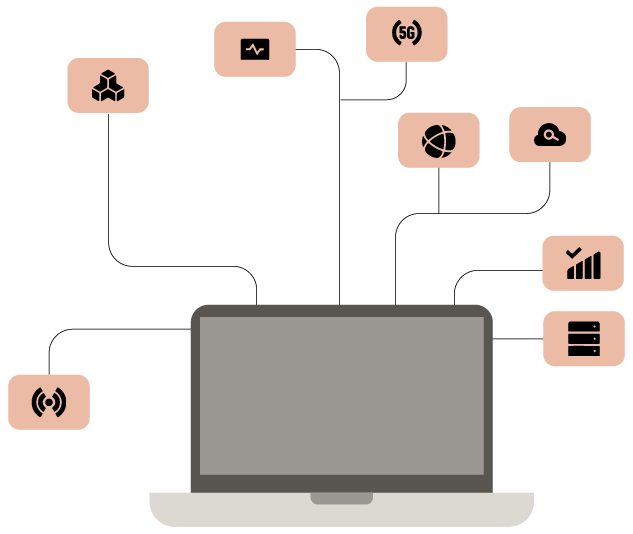
Looking ahead
The Metaverse
While definitions of the metaverse might differ depending on who you ask, the basic concept is a hyper-realistic virtual world in which users can essentially do anything one can dream of from the comfort of home. From buying virtual real estate to attending a college class, the immersive experience of augmented and virtual realities that the metaverse could ultimately become will fundamentally change the way people use the internet once again.
